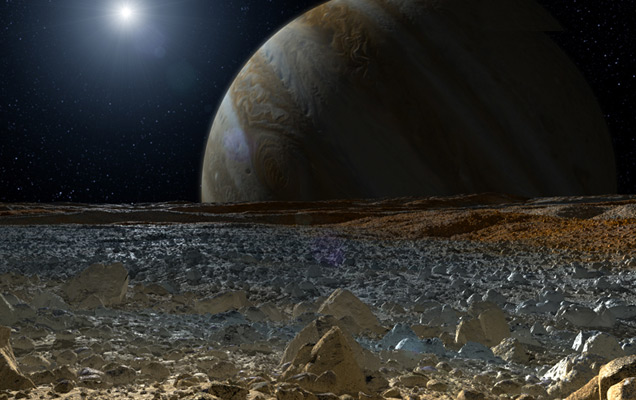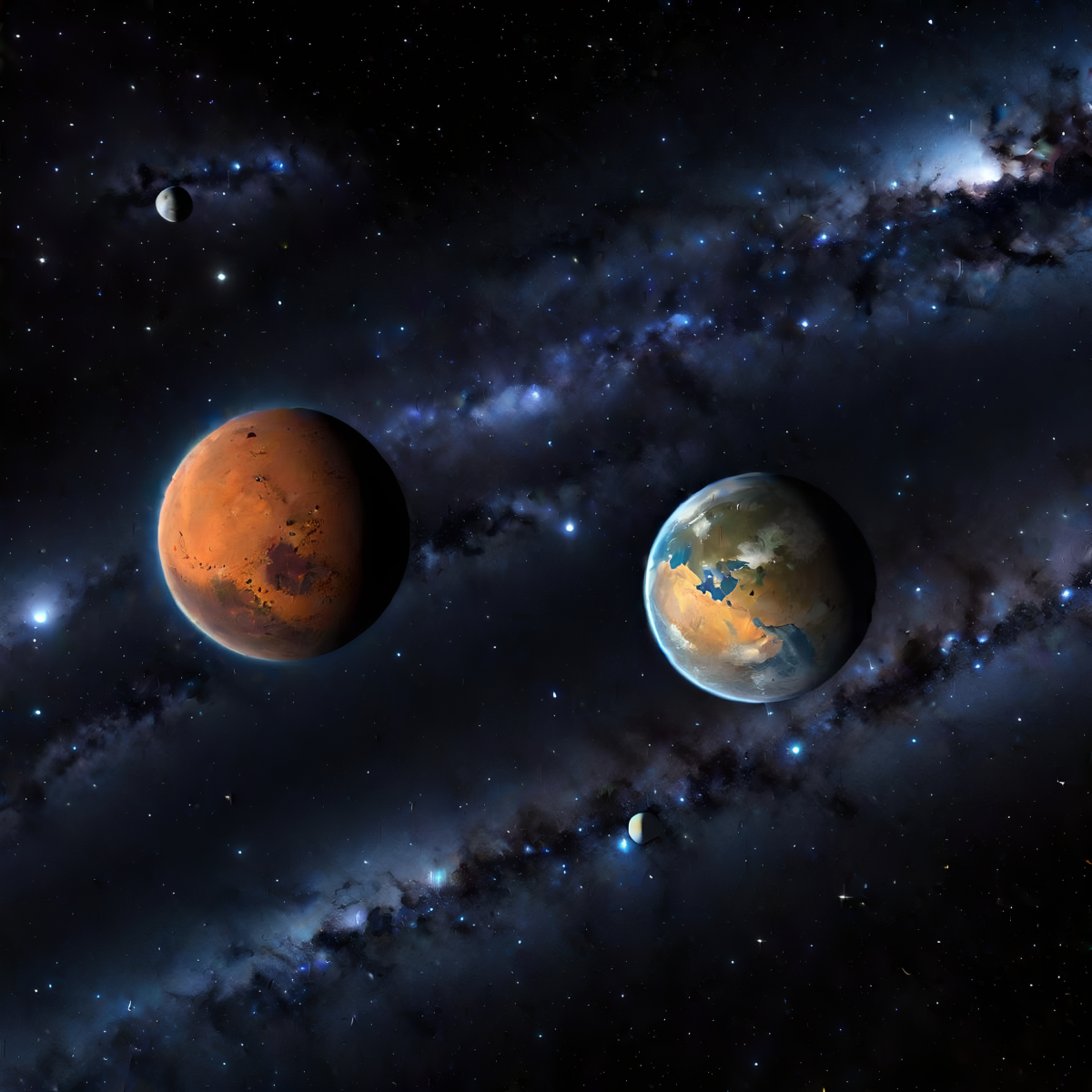
Scientists analyzing decades-old images with new eyes are seeing signs that Jupiter’s radiation-blasted moon Europa may harbor giant under-ice “lakes” that could sustain life. Europa doesn’t lack for the prime ingredient for life: liquid water. The moon has a global ocean hundreds of kilometers deep that is covered by a layer of ice perhaps 10 or 20 kilometers thick. But a team of glaciologists and planetary scientists report online today in Nature that - judging by the way erupting volcanoes on Earth disrupt their ice caps - huge pools of water must lie as little as 3 kilometers beneath the surface. On Europa, rather than a volcano, a rising plume of warmer but still solid ice would drive ice melting a few kilometers beneath the surface. And then a briny slush of ice would rise from the resulting lake and disrupt the surface to form Europa’s long-known chaotic terrains of jumbled ice blocks. Direct confirmation of giant Europan lakes each holding the combined volume of North America’s Great Lakes must await radar probing by a multibillion-dollar spacecraft that is still stuck on planetary scientists’ wish list.

